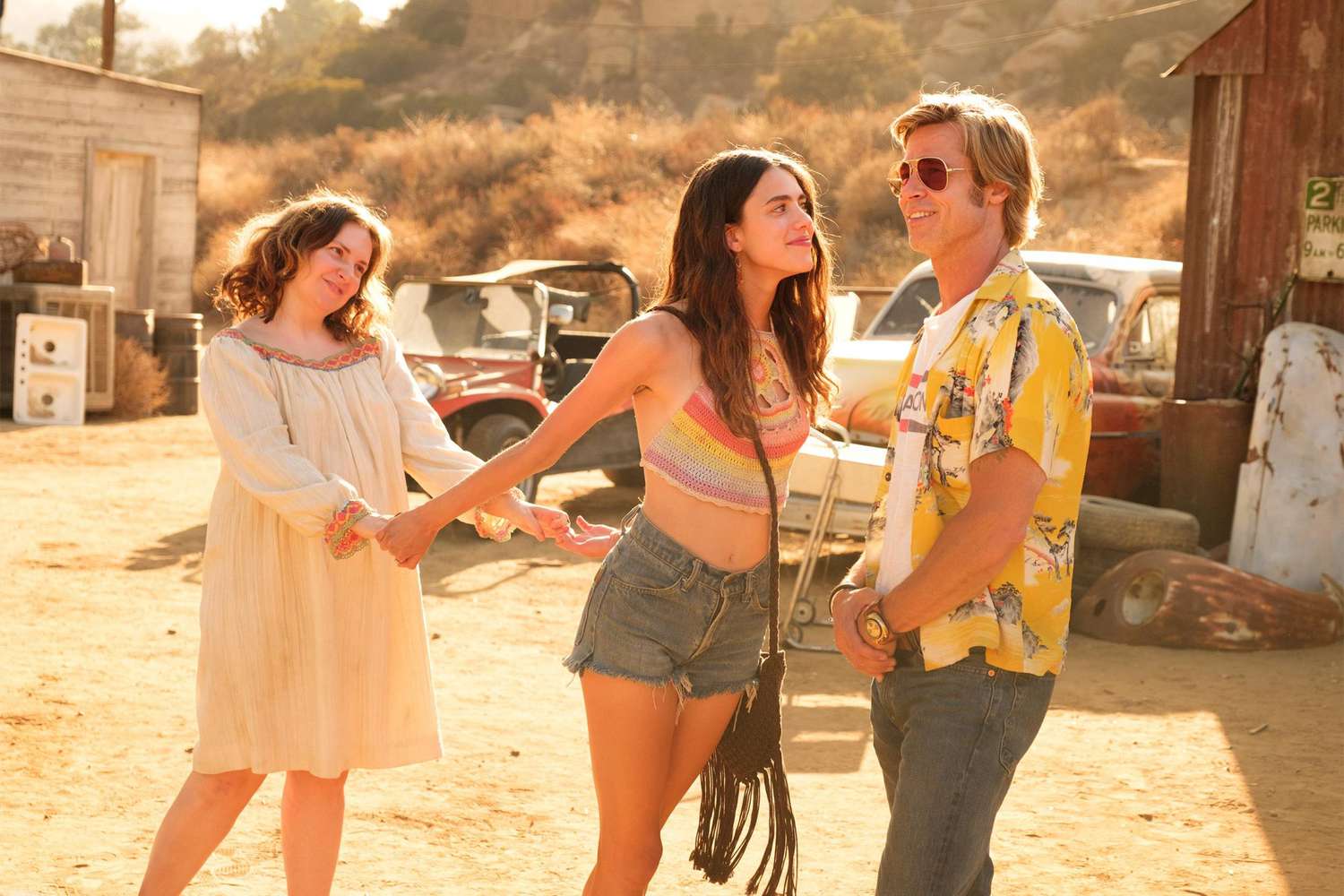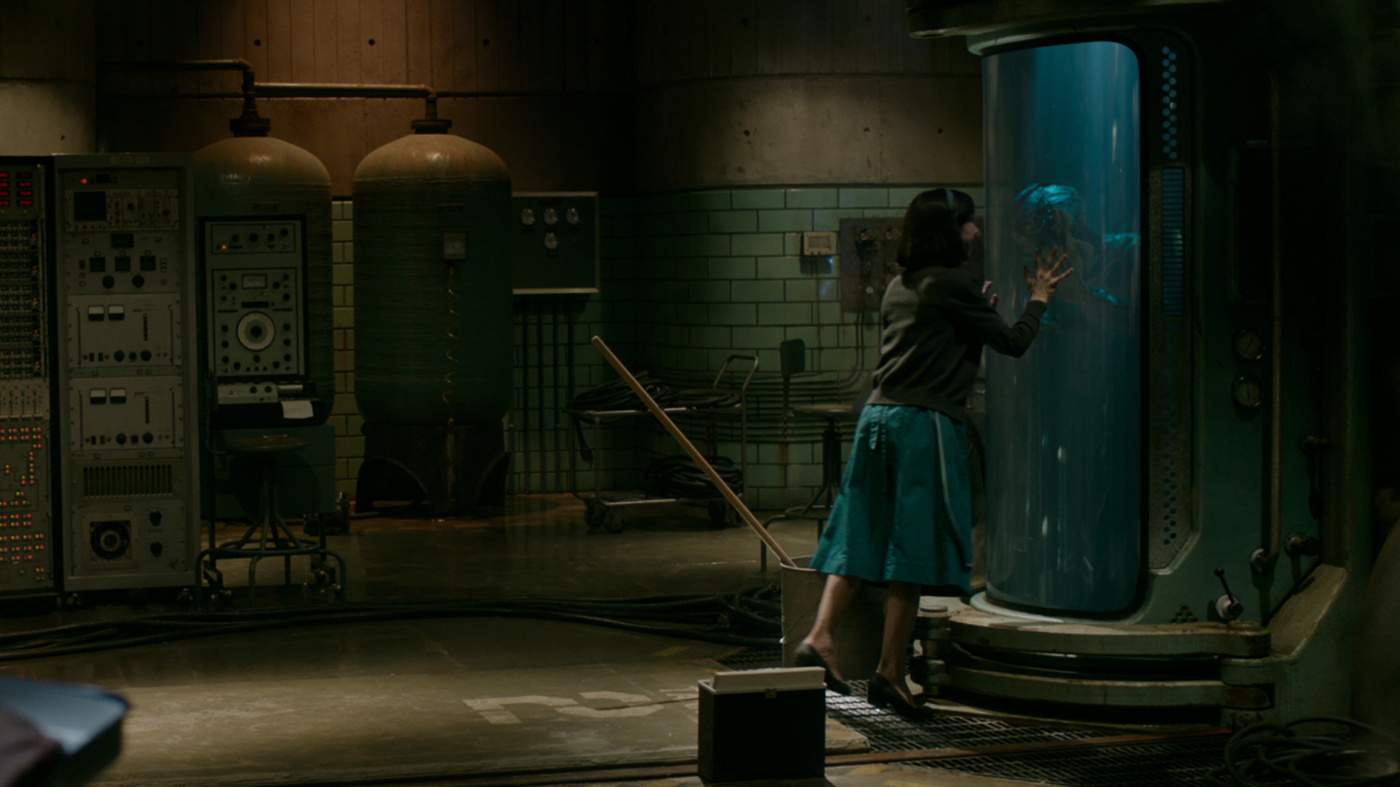Cinematic Influences: Tracing References and Homages in Contemporary Films
Film is an art form that thrives on dialogue—between filmmakers, genres, and eras. Contemporary cinema is rich with references, homages, and nods to classic films, creating a tapestry of influences that enrich storytelling and deepen viewer engagement. Let’s explore how modern filmmakers incorporate these cinematic influences, examining some notable examples and the significance behind them.

The Power of Homage
Celebrating Influences
Homages serve as a tribute to the films that shaped a director's vision. They can evoke nostalgia and connect audiences to the cinematic heritage. By incorporating recognizable elements, filmmakers create layers of meaning that resonate with viewers.
Case Study: "Once Upon a Time in Hollywood"
Quentin Tarantino’s "Once Upon a Time in Hollywood" is a masterclass in homage. Set in 1969, the film pays tribute to a bygone era of Hollywood, featuring references to classic films, television shows, and cultural figures. Tarantino meticulously recreates scenes that reflect his love for the period, from the use of vintage cars to the inclusion of real-life personalities like Sharon Tate.
Intertextuality in Storytelling
Building Connections
Intertextuality refers to the relationship between texts, where one work references another. This technique invites viewers to draw connections between films, enriching their viewing experience.
Case Study: "Get Out"
Jordan Peele’s "Get Out" cleverly intertwines references to horror classics like "Rosemary’s Baby" and "The Stepford Wives." These connections deepen the film's commentary on race and society, allowing viewers familiar with these films to appreciate the nuances of Peele’s critique.
Visual and Aesthetic References
Style as Substance
Visual references can be just as impactful as narrative ones. Filmmakers often borrow aesthetic styles to evoke specific emotions or themes.
Case Study: "The Grand Budapest Hotel"
Wes Anderson’s "The Grand Budapest Hotel" showcases his signature visual style, heavily influenced by classic European cinema. The film’s symmetrical compositions, pastel color palette, and whimsical production design are reminiscent of the works of directors like Ernst Lubitsch and François Truffaut. This visual homage adds layers to the film’s narrative, emphasizing themes of nostalgia and loss.
Reimagining Classics
Modern Twists on Timeless Tales
Contemporary filmmakers often reimagine classic stories, breathing new life into familiar narratives. This approach allows them to explore contemporary themes through the lens of established works.
Case Study: "West Side Story" (2021)
Steven Spielberg’s adaptation of "West Side Story" pays homage to the original 1961 film while updating its themes to reflect modern social issues. The reimagining includes enhanced character depth and cultural sensitivity, showing how the story can resonate with new audiences while respecting its roots.
Genre Mashups and Blending
Expanding Definitions
Contemporary filmmakers often blend genres, drawing on the conventions of multiple styles to create unique cinematic experiences. This genre-blending can highlight influences from various films.
Case Study: "The Shape of Water"
Guillermo del Toro’s "The Shape of Water" combines elements of romance, fantasy, and horror, invoking classic monster movies while subverting their tropes. The film pays homage to cinematic history through its visual storytelling, reminiscent of films like "Creature from the Black Lagoon," but offers a fresh narrative that emphasizes empathy and connection.

Cultural References and Social Commentary
Reflecting Society
Filmmakers often use references to comment on contemporary issues, using the language of cinema to engage with social and political themes.
Case Study: "Black Panther"
Ryan Coogler’s "Black Panther" incorporates references to various African cultures, traditional storytelling, and even elements from previous Marvel films. This cultural homage not only celebrates African heritage but also comments on issues of identity, power, and representation in modern society.
Conclusion
Cinematic influences are woven into the fabric of contemporary films, creating a rich dialogue between the past and present. Through homages, intertextuality, visual styles, reimagined stories, genre blending, and cultural references, filmmakers pay tribute to their predecessors while crafting unique narratives that resonate with modern audiences. As we continue to explore new films, recognizing these influences enhances our appreciation of cinema as a dynamic and evolving art form. The conversation between filmmakers across generations is not just a celebration of what has come before, but an invitation to envision what is yet to come.












